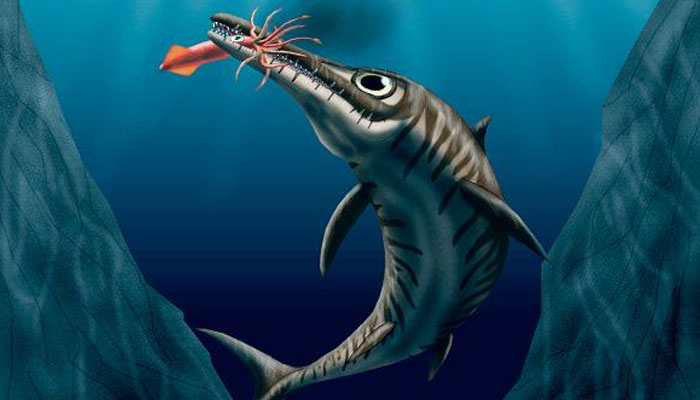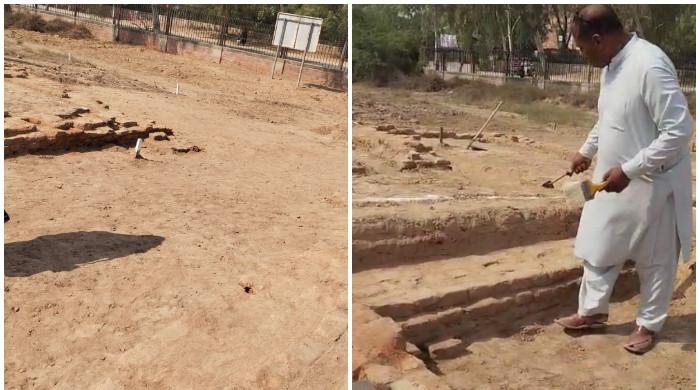240-million-year-old marine reptile discovered
After it died, it fell to the seafloor, buried in the mud and over time, it got incredibly flattened due to which the identity of this fossil has been disputed
A recent study revealed that radiography works particularly well with the sulphur minerals that form fossils in the Norwegian archipelago.
In the study published in the journal PLOS ONE, X-ray analysis of a fossil of a marine reptile discovered in Edgeya, Svalbard, led to its categorisation which had not previously been done.
According to the study, which was led by Victoria S. Engelschin of the University of Oslo and her team, this approach might one day provide new information about ancient life.
The preservation state of well-preserved fossil remains can vary substantially between locations, which frequently affects how effectively X-ray techniques work when examining them.
In this study, Engelschin and her team demonstrated that radiographic imaging is particularly well suited to fossils from the Middle Triassic Botneheia Formation in Svalbard, Norway, SciTech Daily reported.
This investigation focuses on a fossil marine reptile whose shale-encased, crushed remains.
The reptile existed roughly 240 million years ago, when the ocean still surrounded Svalbard. After it died, it fell to the seafloor and was buried in the mud, where, over time, it got incredibly flattened.
The identity of this fossil, which was discovered in 2008, has since been disputed, the report said.
According to researchers, the reptile most likely belongs to the ichthyosaur species Phalarodon atavus after X-ray imaging of the specimen revealed new information, including features of the skull and teeth.
The authors also examined the mineralogy of the fossils from this formation and found several different types of sulphate minerals, particularly sulphate baryte, which gives the fossils a very high X-ray contrast and high-quality radiographic imaging.
Although little is known about how these minerals develop, they may be related to the conditions brought on by previous volcanic activity.
Environmental factors can lead to the formation of fossils suitable for X-ray analysis.
As a result, this work not only shows how useful X-ray techniques are for examining these fossils, but it also highlights that environmental factors can lead to the formation of fossils suitable for X-ray analysis.
The authors said: “The rocks from Svalbard are full of flattened marine reptiles. Our discovery of the exceptional X-ray contrast means that we can learn much more about these ancient predators than we previously thought.”
-
'Who's it?' Late-night doorbell prank mystery ends with bizarre twist
-
When blue met green: Jaybirds create a one-of-a-kind hybrid
-
Australian scientists grapple with 'despicable' butterfly heist
-
Floods from Koh-e-Suleman bring 2,000-year-old coins to Punjab
-
Octopus boom triggers ‘perfect storm’ for Britain’s shellfish trade
-
Cambridge can’t escape ‘skibidi’ as Gen Z slang adds 6,000 fresh entries
-
Italian Brainrot: The AI memes only kids know
-
Nasa's Curiosity rover discovers coral-like rock on Mars












